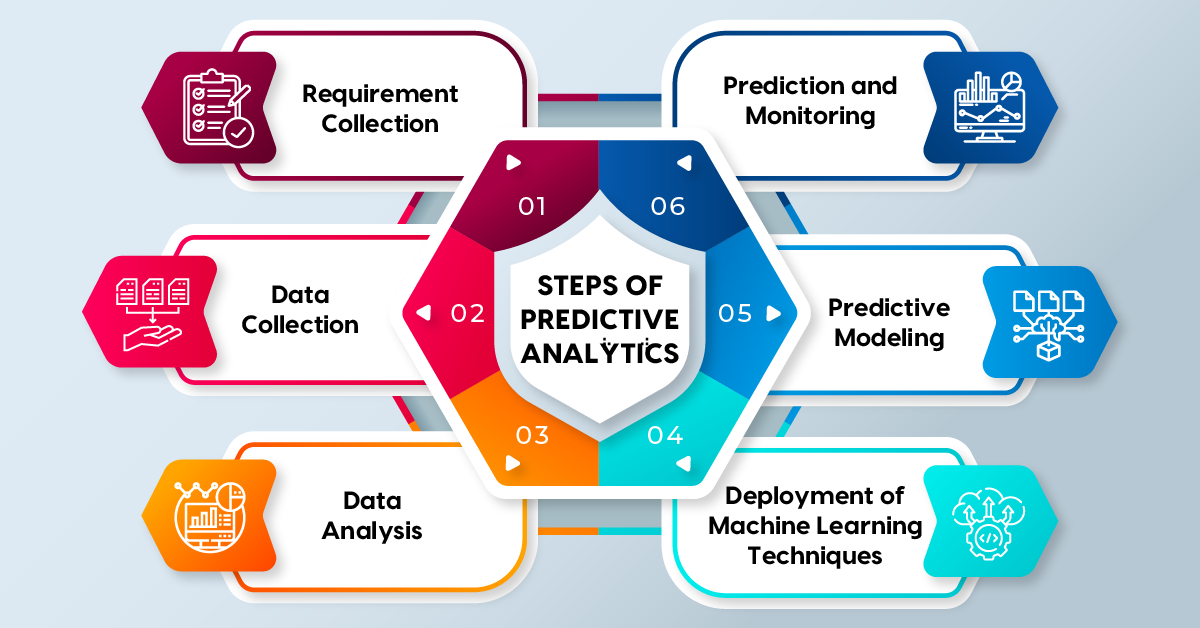How is Predictive Analytics Shaping Treatment Strategies?

Abstract
Predictive analytics and precision medicine play pivotal roles in diabetes management as they help in determining patterns, providing personalised care, and forecasting future outcomes and trends.
While both approaches depend on comprehensive dataset analysis, they differ in their methodologies: predictive analytics employs statistical algorithms and machine learning techniques, whereas precision medicine in diabetes care leverages molecular and genetic data to tailor medical interventions. Ongoing significant research efforts in this field aim to revolutionise future treatment strategies.
What is predictive analytics in diabetes care?
Predictive analytics implements statistical algorithms and machine learning techniques to analyse historical data and identify patterns. The process helps in the early diagnosis and prognosis of diseases.
Predictive algorithms also counsel patients by undertaking clinical management decisions based on unique health records. It is the future of diabetes management as patients will benefit immensely through informed decision-making and improved patient outcomes.
Relationship between predictive analytics and precision medicine
Predictive analytics and precision medicine are two related but unique healthcare concepts that can complement each other. Both predictive analytics and precision medicine rely on large dataset analysis for informed decision-making.
However, predictive analytics uses statistical algorithms and machine learning techniques to analyse historical data and identify patterns that can predict future events or outcomes. In contrast, precision medicine for diabetes care uses molecular and genetic data, and clinical and lifestyle factors, to customise unique medical interventions.
Steps of Predictive Analytics
Vaibhav Kumar and M. L. Garg (International Journal of Computer Applications (0975 – 8887) Volume 182 – No.1, July 2018) pointed out the various steps of developing a basic predictive analytics model.
1. Requirement Collection
This step of predictive analytics defines the aim of prediction, i.e. the problem that the analytic model will likely solve. It projects the model’s objectives, deliverables, scope, and data required precisely.
2. Data Collection
In this stage, scientists collect required datasets from multiple sources to develop the predictive analytic model. The data can either be in structured or unstructured form at this step.
3. Data Analysis
Here, data analysts analyse the acquired data and test them for quality. If scientists collect unstructured data in the previous step, they convert it into structure form before testing it. Erroneous data or data with missing values are also discarded here. Since the effectiveness of the predictive model depends significantly on the quality of data, this step is crucial for the success of the model.

Fig 1: Various steps of developing a basic predictive analytics model.
4. Deployment of Machine Learning Techniques
This step includes the implementation of statistical and machine learning techniques like artificial neural networks, decision trees, and support vector machines to carry forward the predictive analysis task.
5. Predictive Modeling
Here, scientists develop a predictive model based on statistical and machine-learning techniques and the example dataset. Following this, testers test the dataset to examine the validity of the model. On successful approval of the tests, the model is termed to be fit and can make accurate predictions on the new data entered as input to the system.
6. Prediction and Monitoring
This is the final stage of predictive analysis where scientists deploy the model at clients’ sites for everyday predictions and decision-making processes. However, constant monitoring goes on to ensure the successful functioning of the model.
Benefits of Predictive Analytics in Diabetes Care
Here are some significant areas where predictive analytics is transforming diabetes care:
1. Early Detection of Diabetes
Predictive analytics can harness a wide range of data, including patients’ earlier medical records, genetic composition, biometric data, and social determinants, to generate risk scores for diabetes. Doctors can study these scores for screening high-risk patients and early detection of the disease. It is immensely beneficial for early medical interventions and preventing complications.
2. Monitoring Disease Progression and Comorbidities
Predictive analytics also can predict the progression of a disease by monitoring patients’ current medical data. It helps physicians to gauge the probability of a patient developing diabetic retinopathy, diabetic foot or diabetic nephropathy. In many cases, immediate medical interventions can prevent these complications to a large extent.
3. Personalised Treatment
Precision diabetes care delivers personalised treatment implementing patients’ molecular and genetic data. It helps doctors to pinpoint patients’ problem areas and address them effectively accurately. Targeted treatment improves outcomes and reduces healthcare costs in the long run.
4. Healthcare Resource Management
Predictive analytics can analyse seasonal patterns and demographic shifts to forecast the demand for hospital resources. In this way, healthcare organisations remain better adapted to take proactive measures to handle emergencies. It reduces crucial time loss, minimises complications, and lowers mortality rates.
5. Implementing Social Determinants of Health in ML Models
Studies related to patients’ socioeconomic status, including their living conditions and environmental influences, can determine the progression of diseases. AI-ML-driven predictive analytics model studies the social determinants of health to predict the possibilities of developing various complications of diabetes like diabetic retinopathy, diabetic foot or diabetic nephropathy.
Future Outlook of Predictive Analytics in Diabetes Care
Predictive analytics in diabetes care is improving rapidly, and the future seems promising, considering the prevalence and complexity of diabetes as a chronic condition. A study by Allied Market Research pointed out that the global predictive analytics market is likely to grow at 21.9% (CAGR), thus reaching US$35.45 billion by 2027.
Clinical decision support systems (CDSS), continuous glucose monitoring (CGM) integration, early detection of diseases, and remote monitoring are some of the aspects of diabetes management where predictive analytics will continue to have a significant impact.
Key Takeaways
- Predictive analytics utilises statistical algorithms and machine-learning techniques for early detection and improving outcomes in diabetes care.
- Predictive analytics and precision medicine rely on large dataset analysis for informed decision-making.
- There are multiple steps in developing a basic predictive analytics model.
- Predictive analytics benefits diabetes care through early detection, remote monitoring, and personalised treatment.
This blog provides general information for educational and informational purposes only and shouldn't be seen as professional advice.
Want to know how can Fitterfly enhance your practice and improve patient outcomes?













